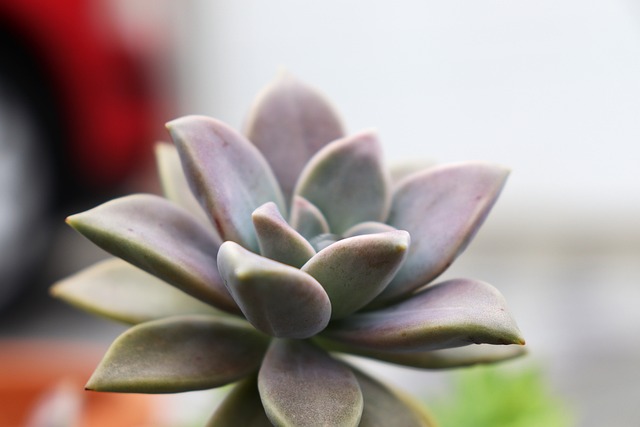Time is tight—your garden shouldn’t be
You don’t need hours of spare time or a green thumb to grow something beautiful. The modern garden is all about balance—low maintenance, high reward. With smarter layouts and better planning, today’s garden sheds some of the old pressure and trades it for peace of mind.
A well-designed setup means less watering, fewer weeds, and almost no stress. Think native plants, mulch-heavy beds, and drip irrigation systems. You spend less time battling the elements and more time enjoying the space.
It works for total beginners who just want something that won’t die in a week. And it’s ideal for veteran gardeners who want results without daily fuss. Less noise. More green. Simple as that.
Some of the most future-proof plant choices aren’t the flashy ones — they’re the ones built to handle the harsh stuff. Drought tolerance means fewer emergencies when the rain skips town for a month. Pest resistance saves you from constantly fighting off infestations or reaching for chemicals. Slow, steady growth makes them easier to manage long-term without constant pruning or reshaping.
And then there are native species. These plants already know the terrain. They’ve done the work surviving in your local climate for generations. That means less babysitting, less fertilizing, and frankly, less money spent on keeping them alive. If the goal is low-maintenance without compromising impact, this is the category where it all comes together.
Evergreens for Year-Round Color
If you want something that keeps your yard from looking dead in the middle of winter, evergreens are your go-to. Boxwood, Juniper, and Dwarf Spruce don’t care about blooming seasons. They just sit there looking good all year long. No flowers to deadhead, no guessing games about when they’ll peak.
These plants do well across most zones and bring structure to your garden bed or walkway. Want that crisp, intentional look? Line them up. Want a low-key anchor in your landscaping? Drop them in solo spots.
To keep their roots solid, a simple mulch layer does the trick. Don’t overthink it. Lay down a couple of inches of bark mulch in the fall and walk away. Minimal effort, maximum payoff.
Smart gardening is less about doing more and more about doing it right from the start. First, group your plants by how much sun and water they need. This makes daily care simpler and keeps you from wasting water—or overdoing it. Next up, mulch. A thin layer of organic mulch keeps weeds in check and helps your soil retain moisture. Less time watering and weeding means more time enjoying your space.
Start small. Planting your entire yard in one go sounds ambitious, but it often leads to burnout. Focus on one area or one type of plant at a time. As your confidence grows, so can your garden.
And whatever you do, don’t cheap out on soil. High-quality soil sets your garden up for long-term success. Buy it once, use it wisely, and let the results speak for themselves.
If you’re building a vlogging setup around your lifestyle or just want smarter outdoor content hacks, start with the foundation—literally. Drip irrigation systems are a quiet win for any backyard-focused creator. Install them once and you’re done. No hoses to wrestle with, and your plants stay alive without daily check-ins.
Next up, raised beds. They give you tighter control over soil quality and make plant maintenance easier on your back and your schedule. Fewer weeds. Fewer pests. More time to actually film without yanking slugs off your kale every morning.
Want to link your setup visually with your content themes? Pair your garden plots with simple backyard upgrades: fire pits, benches, gravel walkways. These small add-ons make your space look curated but still approachable. It’s the kind of aesthetic that plays well on camera. For ideas that won’t torch your budget, check out this list of DIY Fire Pit Ideas for Every Budget.
Rosemary is a powerhouse in the garden, especially for those looking for a plant that works hard without much maintenance. It thrives in full sun, handles drought like a champ, and adds sharp texture to garden beds or containers. The bonus: it’s edible, fragrant, and repels pests naturally.
In design, rosemary brings structure. Its upright growth and evergreen leaves give it a strong visual presence, especially in xeriscapes or Mediterranean-style gardens. Whether planted in rows or left freeform, it holds its own. Trim it for shape or leave it loose—it adapts. Low fuss, high impact. Ideal for gardeners who want beauty with utility.
You don’t need to be a full-time gardener or own a shed full of power tools to have a killer backyard. The trick is setting it up to mostly run itself. Choose plants that don’t need babysitting—think native species, drought-tolerant picks, things that thrive with minimal input. Skip the delicate stuff that demands constant watering or pruning.
Design plays a role too. Plan zones that make sense and last. Gravel paths, raised beds, and low-maintenance furniture take pressure off. Group your plants in ways that help them help each other. Nature works better when you let it.
Once it’s all in place, stop fussing. Let the space breathe. A good backyard should feel like freedom, not another job. Set it up smart, then kick your feet up and enjoy the view.
